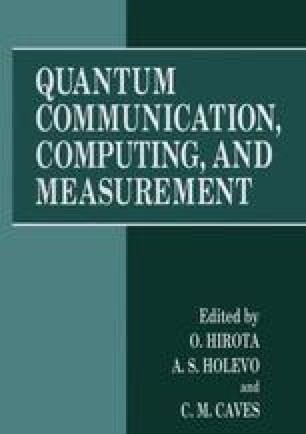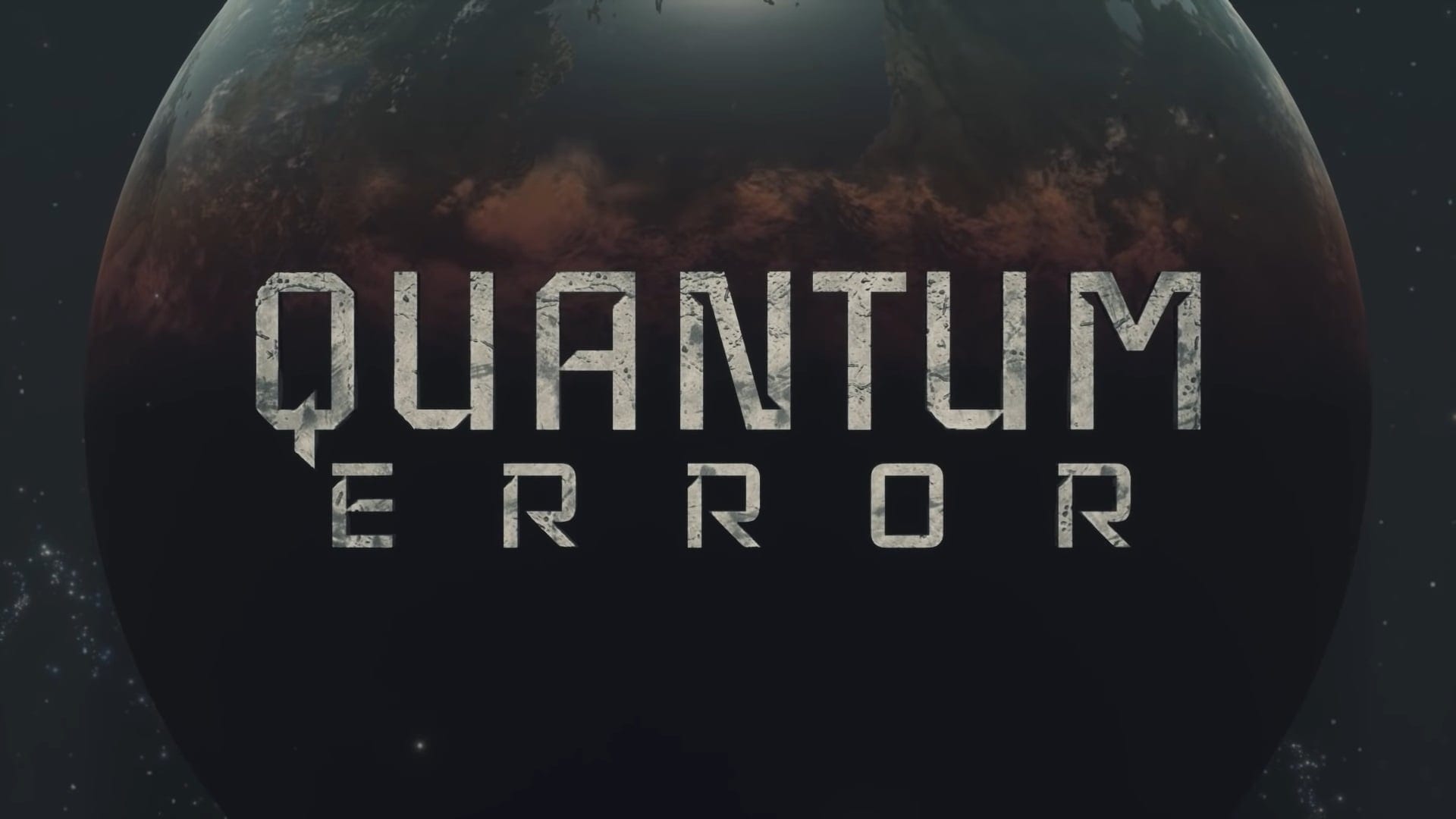
They pick up interference or “noise” from their environment. Quantum bits, or qubits, are fragile and finicky. To appreciate this achievement, it is important to understand how difficult it is to detect and then correct a quantum error. Though the achievement represents progress toward large-scale quantum computing, Honeywell researchers are still working to cross the break-even point at which the logical error rate is less than the physical error rate. It proves what was once only theoretical, that quantum computers will be able to correct errors in real time, paving the way for precise quantum computations.” “What the Honeywell team accomplished is groundbreaking. “All of today’s quantum technologies are at an early stage where they must combat errors that accumulate during computations,” said Tony Uttley, president of Honeywell Quantum Solutions. Previously, groups have looked at codes that only are capable of correcting a single type of error (bit or phase but not both). This logical qubit is protected from two main types of errors that occur in a quantum computer: bit flips and phase flips.
Big quantum error after all series#
In a paper published this week on arXiv, researchers detailed how they created a single logical qubit (a series of entangled physical qubits) and applied multiple rounds of quantum error correction. Currently, most demonstrations of quantum error correction involve correcting errors or “noise” after the procedure has finished running, a technique known as post-processing. This is an important first in the quantum computing industry.

They demonstrated the ability to “protect” quantum information (prevent a quantum computation from being quickly corrupted by imperfections and noise) on the System Model H1. The Honeywell team can now perform quantum error correction (QEC), which are protocols necessary to detect and correct errors in real time on a quantum computer.


Researchers at Honeywell Quantum Solutions have taken a significant step toward demonstrating the viability of large-scale quantum computing on its trapped-ion quantum computing technology.


 0 kommentar(er)
0 kommentar(er)
